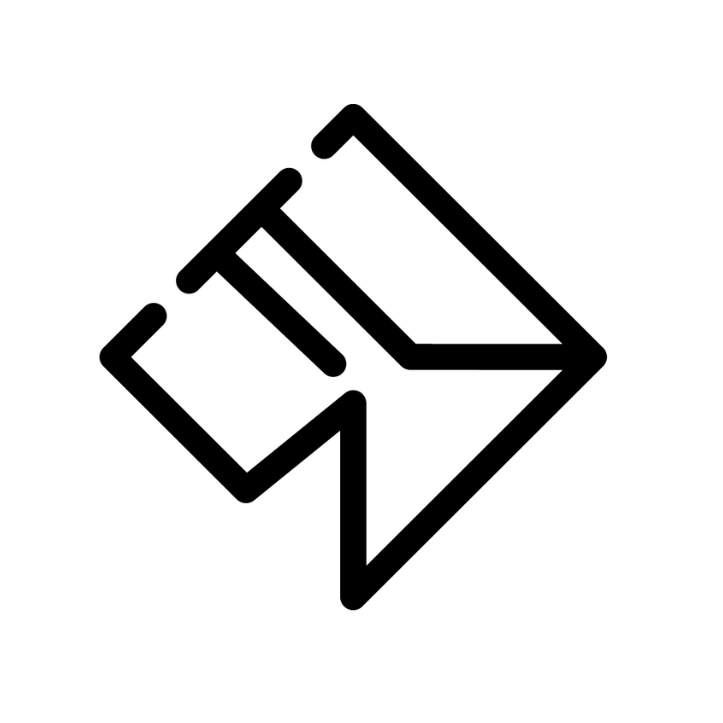Spotify: De la caída global al cerebro del oyente
Índice
Más allá de un error técnico: una lección para marketers.
Neuromarketing en acción: cómo responde el cerebro a los anuncios.
Buenas prácticas que funcionan en el audio digital.
Spotify como plataforma para marcas y creadores.
Caso práctico: una campaña en un podcast de nicho.
Conclusión
Más allá de un error técnico: una lección para marketers
El 12 de junio de 2025, Spotify experimentó una caída global que dejó sin acceso a millones de usuarios durante casi tres horas. Aunque el problema se originó en Google Cloud, lo que quedó expuesto fue algo más profundo: nuestra dependencia de plataformas digitales para conectar con audiencias, vender productos y comunicar valor.
Esta interrupción, aunque breve, fue un recordatorio de que el entorno digital es volátil, y que construir campañas efectivas no depende solo de estar presente, sino de cómo nos comunicamos. Y en ese sentido, Spotify se reivindica no solo como plataforma, sino como laboratorio de neuroeficacia publicitaria.
Un reciente estudio realizado junto a WPP y Neuro-Insight revela datos sorprendentes sobre cómo responde el cerebro humano a los anuncios de audio. Y ahí es donde Spotify pasa de la caída... al control del oyente.
Neuromarketing en acción: cómo responde el cerebro a los anuncios
El estudio se enfocó en analizar las respuestas cerebrales de los oyentes expuestos a anuncios en Spotify, tanto en playlists como en podcasts. Utilizando tecnología SST (Steady State Topography), se midieron niveles de atención, retención y emoción. Es un tipo de neuroimagen que mide la actividad cerebral en tiempo real, el estudio identificó patrones de atención, retención y respuesta emocional mientras los oyentes interactuaban con contenido publicitario. Esta técnica permite observar con precisión qué partes del cerebro se activan y cuánto duran esas respuestas, ofreciendo datos objetivos sobre el impacto real de los anuncios.
Resultados principales:
17 % más de engagement promedio.
21 % más de memoria de detalles.
12 % más de intensidad emocional en el oyente.
Estos datos validan el poder del audio para generar impacto cuando se trabaja con inteligencia creativa.
Buenas prácticas que funcionan en el audio digital
Entre los hallazgos del estudio, surgieron patrones comunes en los anuncios más efectivos:
Uso de múltiples voces distintas, lo que incrementa en 26 % el impacto de marca
Mensajes informativos que aportan valor antes que entretener
Promociones claras, que mejoran un 30 % la retención del mensaje
Inclusión del nombre de la marca en los primeros cinco segundos
Estas prácticas ayudan a construir piezas sonoras que no solo se escuchan, sino que se recuerdan.
Spotify como plataforma para marcas y creadores
Spotify no solo está liderando en investigación, sino también en nuevos modelos de monetización. En 2025, lanzó un programa para que creadores de podcasts y videos moneticen directamente con ingresos por reproducción entre suscriptores.
¿Qué significa esto?
Para las marcas: nuevas formas de integrarse en contenidos nativos dentro de Spotify, con retorno medible y formato no invasivo
Para los creadores: ingresos recurrentes sin depender solo de anuncios pre-roll o patrocinios externos
Caso práctico: una campaña en un podcast de nicho
Imaginemos una marca de software de seguridad online que decide colaborar con el podcast "Tierra de Hackers", un programa mensual de una hora sobre ciberseguridad y noticias del sector.
La estrategia se basa en estos elementos:
Participación de diferentes voces expertas (analistas, técnicos, voceros de la marca) en una breve cápsula de 2 minutos al inicio del episodio
Contenido informativo con datos de interés real (por ejemplo, tendencias de malware, brechas recientes o tips para proteger contraseñas)
Un beneficio claro en los primeros segundos: 30 días de prueba gratuita de su suite de seguridad avanzada
El anuncio no interrumpe la experiencia, aporta valor al oyente y se integra con el tono técnico y confiable del programa. Este enfoque aprovecha los insights del estudio neurocientífico para maximizar la retención del mensaje y la acción posterior..
Conclusión: el marketing auditivo no es futuro, es presente
La caída global de Spotify demostró lo que muchos ya intuíamos: las plataformas digitales no son infalibles. Pero también demostró otra cosa más importante para quienes trabajamos en marketing: cuando una marca entiende cómo funciona el cerebro del oyente, su mensaje trasciende incluso las interrupciones temporales.
Spotify está marcando el camino con su combinación de tecnología, neurociencia y creatividad. Los datos neurocientíficos abren nuevas oportunidades para diseñar campañas que emocionen, informen y conviertan.
Porque más allá de los fallos técnicos, lo que realmente conecta... es el mensaje.




